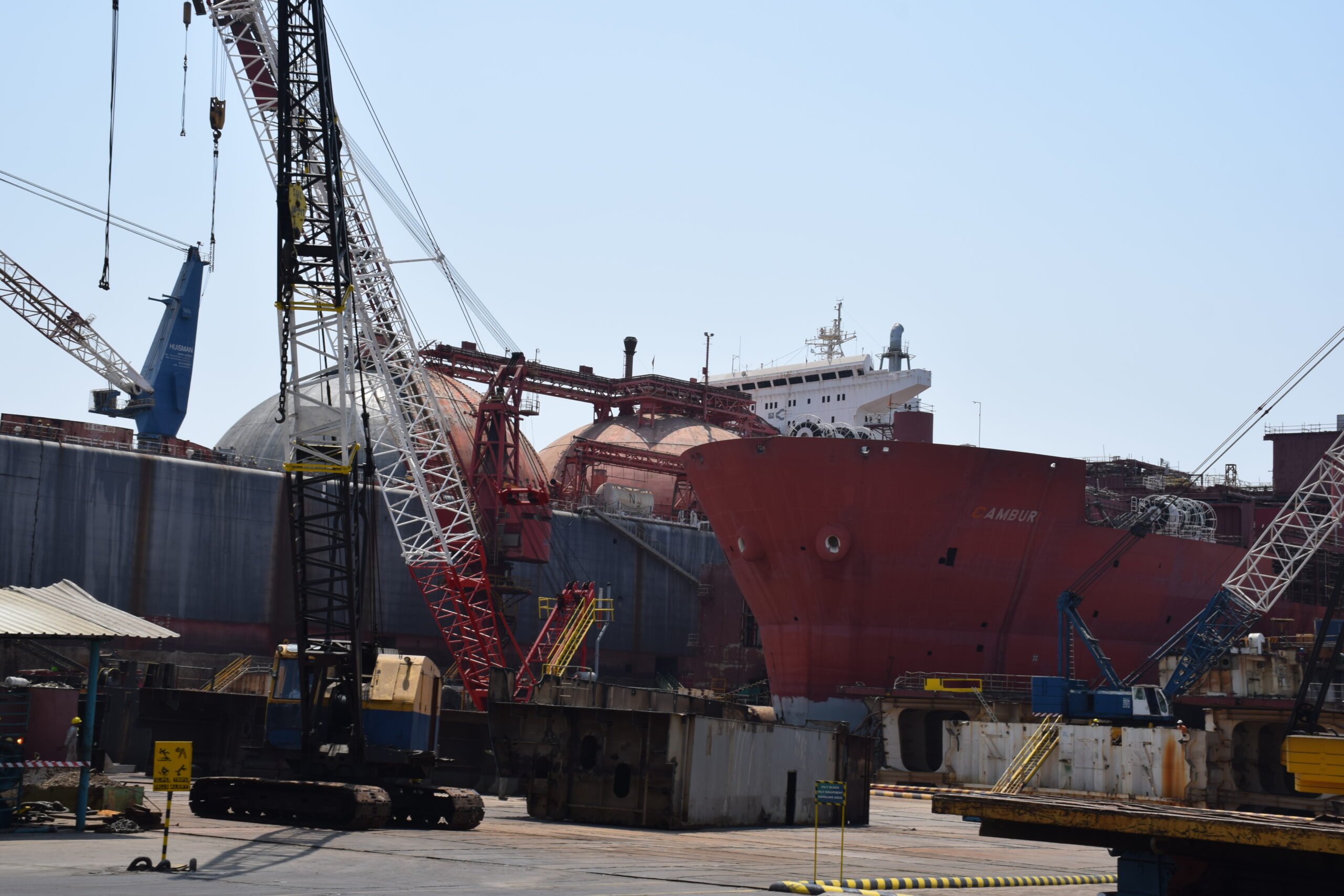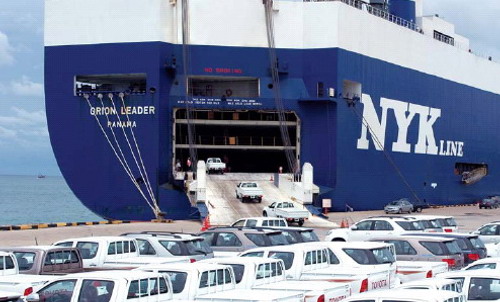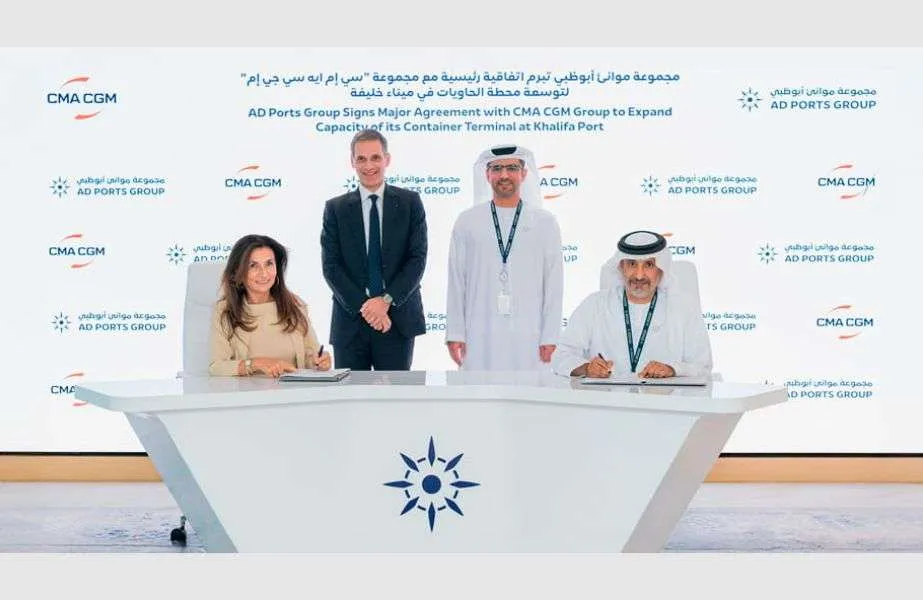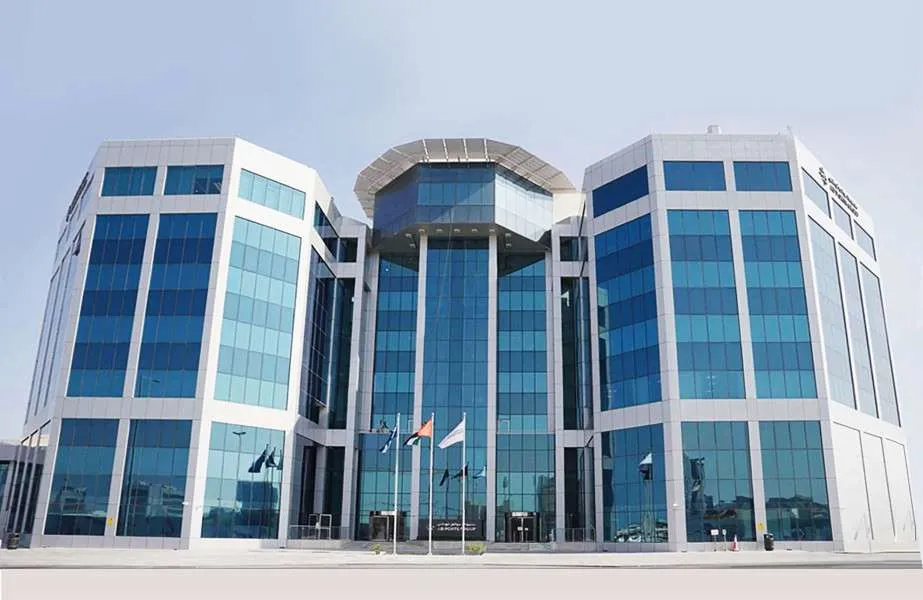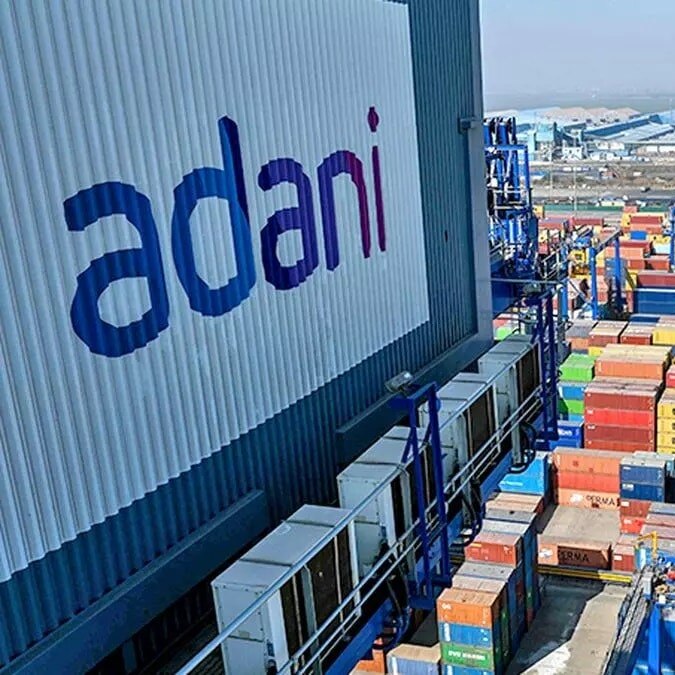Jawaharlal Nehru Port Authority Set to Achieve Record-Breaking 10 Million TEU Capacity by April 2025
The Jawaharlal Nehru Port Authority (JNPA), India’s premier container handling port, is poised to reach a historic milestone by April 2025, with its container handling capacity projected to hit 10 million twenty-foot equivalent units (TEUs). This achievement will cement JNPA’s position as the country’s leading port, outpacing all other Indian ports in capacity and underscoring its critical role in bolstering India’s maritime trade infrastructure. The announcement comes from Unmesh Wagh, chairperson of JNPA and chairperson and managing director of Vadhvan Port Private Limited (VPPL), who highlighted the ambitious expansion plans driving this growth.

Currently, JNPA boasts a container handling capacity of 7.7 million TEUs, which already places it at the forefront of India’s port ecosystem. However, with global trade demands surging and India positioning itself as a key player in international logistics, JNPA is significantly enhancing capacity. The cornerstone of this expansion is the completion of the second phase of the Bharat Mumbai Container Terminal (BMCT), a state-of-the-art facility being developed in collaboration with the Port of Singapore Authority (PSA), one of the world’s leading port operators.
The second phase of BMCT is expected to add 2.4 million TEUs to JNPA’s capacity, pushing it to an impressive 10.1 million TEUs by April 2025. In addition to this flagship project, JNPA has planned further enhancements that will contribute an additional 0.3 million TEUs within the same financial year. Together, these developments will elevate the port’s total capacity to 10.4 million TEUs, setting a new benchmark for Indian ports and reinforcing JNPA’s role as a vital gateway for global trade.
Unmesh Wagh emphasized the strategic importance of this expansion, stating, “The enhancement of JNPA’s capacity to over 10 million TEUs reflects our commitment to meeting the evolving needs of India’s trade and logistics sectors. This milestone will not only strengthen our position as India’s leading port but also contribute significantly to the country’s economic growth by facilitating smoother and more efficient trade flows.”
The collaboration with PSA, a global giant in port management, is a key driver behind this achievement. The first phase of BMCT, operational since 2018, has already demonstrated its success in improving efficiency and handling large volumes of container traffic. With the second phase nearing completion, the terminal is expected to feature advanced technology, including automated systems and enhanced berth infrastructure, capable of accommodating the world’s largest container vessels. This will further reduce turnaround times and boost JNPA’s competitiveness on the global stage.
JNPA’s growth trajectory aligns with India’s broader maritime vision, as outlined in initiatives like the Sagarmala Programme, which aims to modernize port infrastructure and enhance connectivity. The port’s proximity to Mumbai, India’s financial capital, and its well-established links to inland transport networks make it a linchpin in the country’s logistics chain. By scaling up its capacity, JNPA is preparing to handle the anticipated increase in cargo volumes driven by India’s expanding manufacturing sector and growing trade ties with regions like Southeast Asia, Europe, and North America.
The expansion is also expected to have a ripple effect on the local and national economies. Industry experts estimate that the increased capacity will generate thousands of direct and indirect jobs, from port operations to logistics and warehousing. Additionally, the enhanced infrastructure will reduce logistics costs, a critical factor in improving the competitiveness of Indian exports. “This is a game-changer for India’s maritime sector,” said a senior shipping industry analyst. “JNPA’s ability to handle 10 million TEUs will ease congestion, attract larger vessels, and position India as a more attractive trade hub.”
Environmental sustainability is another focus of JNPA’s expansion plans. The port authority has committed to adopting green technologies, such as shore power supply for ships and solar energy systems, to minimize its carbon footprint. These efforts align with global trends toward greener shipping practices and India’s own climate goals, ensuring that JNPA’s growth is both economically and environmentally sustainable.
As JNPA gears up to achieve this landmark capacity, attention is also turning to its future projects. Unmesh Wagh’s dual role as chairperson of VPPL hints at synergies between JNPA and the upcoming Vadhvan Port, a greenfield project expected to further elevate India’s port capabilities. While JNPA focuses on immediate capacity expansion, Vadhvan Port is being designed as a futuristic deep-water port, capable of handling even greater volumes in the decades to come.
With the April 2025 deadline fast approaching, all eyes are on JNPA as it prepares to redefine India’s maritime landscape. The port’s ascent to a 10 million TEU capacity marks a significant step forward in India’s journey toward becoming a global trade powerhouse, driven by innovation, collaboration, and a relentless pursuit of excellence.
Author: shipping inbox
shipping and maritime related web portal




